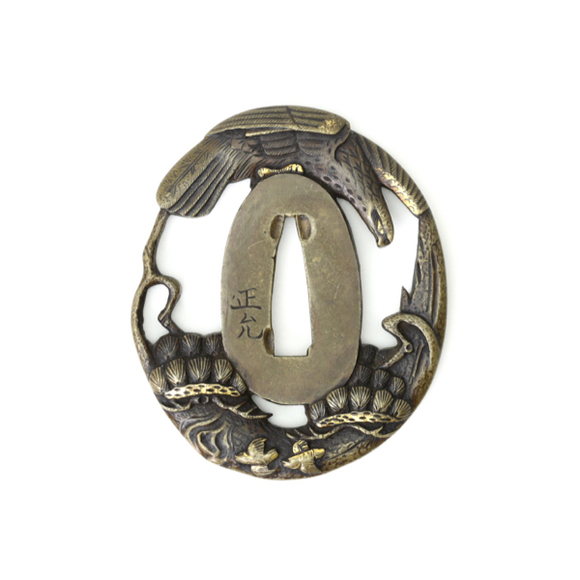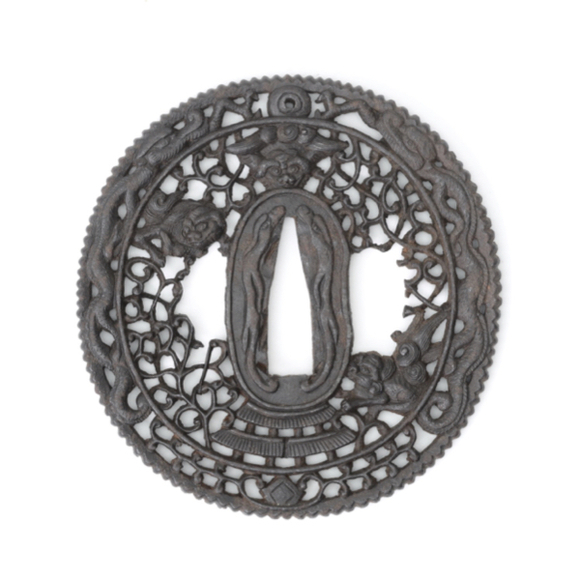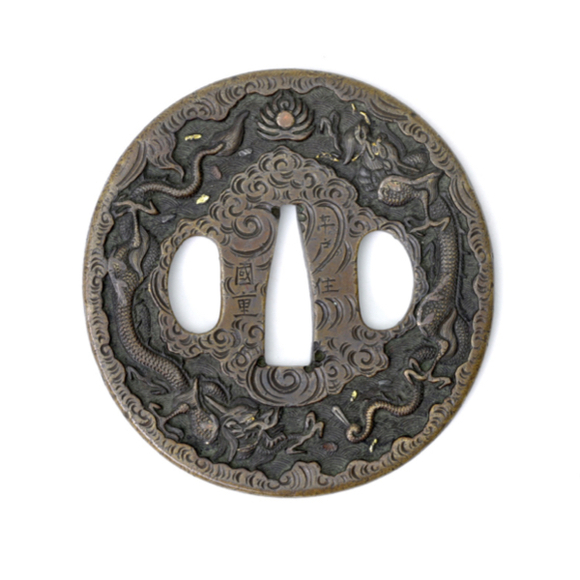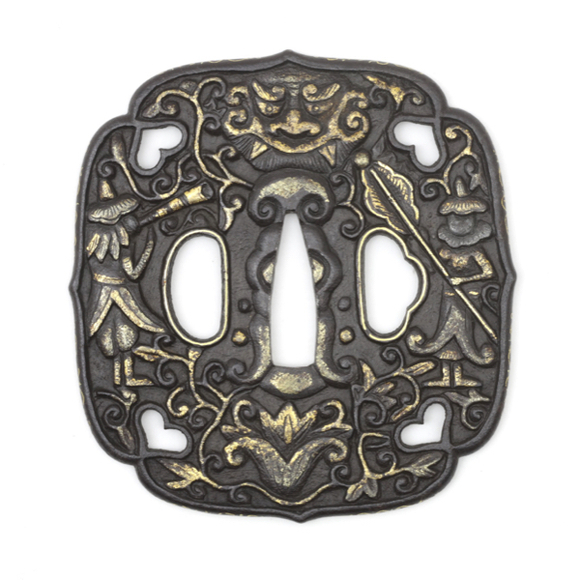Language: Japanese
Source: In common use
Description
Sanmai-gitae (三枚鍛え) literally means "three-layer forging", this construction uses high carbon steel for core and edge, supported by tougher outer layers. Similar to the Chinese sānméi (三枚) construction.
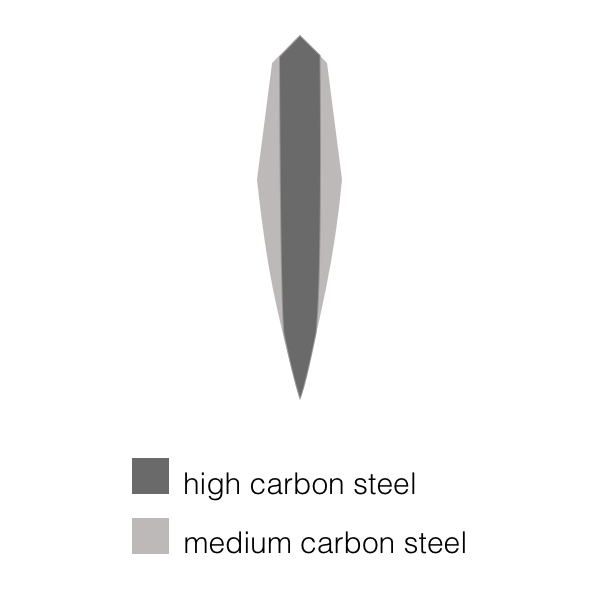
An advantage of this construction is that the blade can bear a lot of polishing and still have core steel exposed at the edge, whereas with other constructions, softer core steel would at some point be exposed. A disadvantage is that an edge crack can run from edge to back.
Often seen on swords by the Hasebe (長谷部) school of Yamashiro, active in the 14th-15th centuries, and the Gassan (月山) school of Settsu, active 19th to 20th centuries, and some Mino swords.
Notes
See the tsurikomi article by the Kashima sisters. Also Markus Sesko; Encyclopedia of Japanese swords. Lulu Publishing. 2014. Page 376. (Available for purchase here.)



